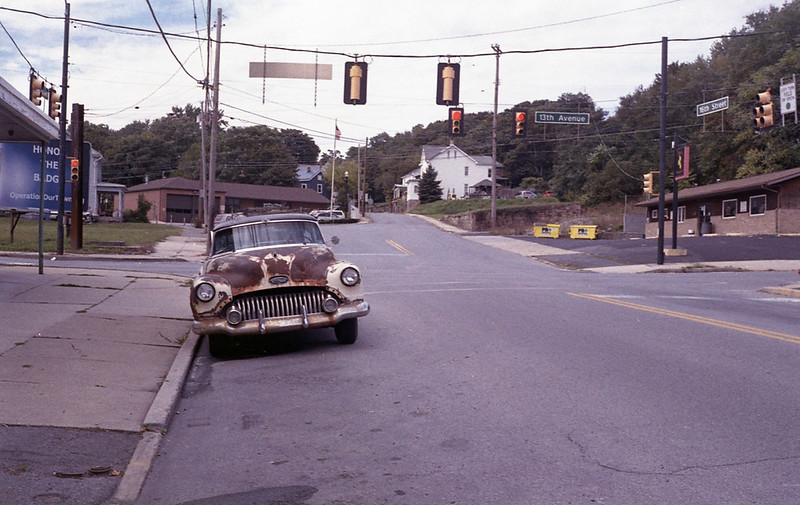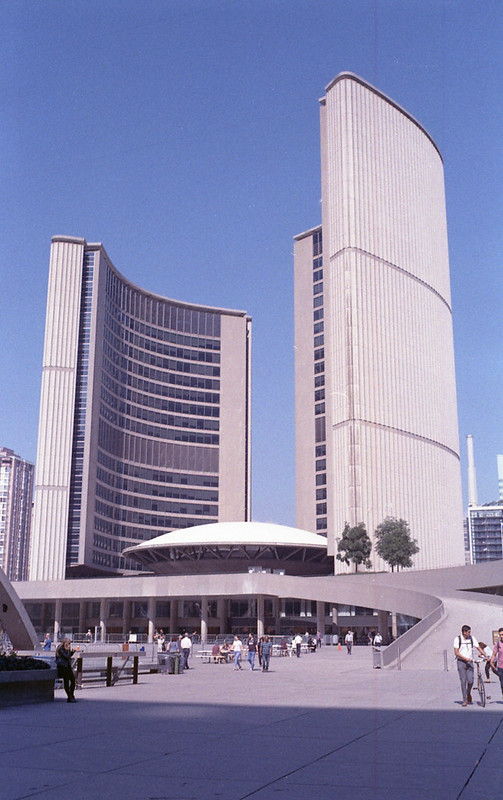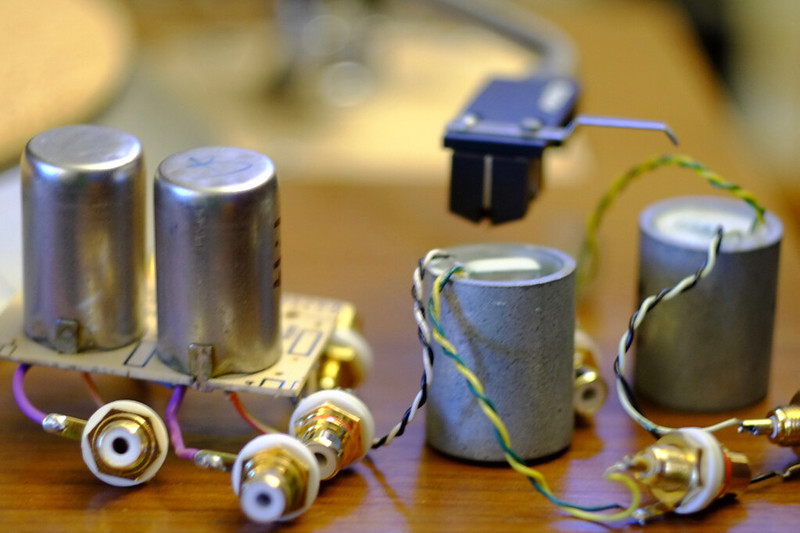Although I was exposed to some of the great direct drive turntables from the 70s, like the Luxman PD444 and the Technics SP10 MkII in a Mitch Cotter base in the home system of my late DIY audio mentor Tom Cadawas, I never had a direct drive turntable in my audio system till now. |
 |
| Technics SP10 + Mitch Cotter base + FR66s [image from dallas.freeclassifieds.com] |
This was probably due to the almost cult-like indoctrination inculcated by early 1980s Haymarket publications like Popular Hi-Fi and Hi-Fi Answers exalting the virtues of the 3-point suspended belt-drive from the land of kilts vs. the evils of cogging and servo hunting direct drive turntables from the land of the rising sun.
 |
| Goldmund Studio [image from Pinterest] |
Even though the late Harry Pearson of TAS used a direct drive Goldmund Studio in his reference system, just about every reviewer for TAS and Stereophile had either a Linn, SOTA or VPI belt-drive turntable. These were merely an 80s techno-rehashing of Edgar Villchur's AR turntable design from the early 60s, which effectively killed the idler drive system except for professional and broadcast applications.
 |
| Kenwood KD500 + Grace G707 [image from kintavalleyaudio.blogspot.com] |
Despite camping happily with my idler-driven turntables since the 90s, the specter of synthetic marble-based Kenwood KD500s and Denon motor units in heavy laminated plywood plinths sitting on the shelves of Audio and Stereo Exchange as well as the trade-in section of Harvey and Leonard Radio stores in early 80s NYC, haunted my dreams. 😱
 |
| Pioneer PLC590 [image from vinylengine.com] |
Since my Thorens TD124s are currently in storage and the Garrard 301 plinth does not have provision for mounting a shorter tonearm like the Grace G707, acquiring a direct drive motor unit became a good excuse. 😉
 |
| Denon DP1250 |
The first direct drive I spotted was a reasonably priced Denon DP1250 motor unit on an original plywood plinth from the late 70s. While waiting for the package to arrive, I did research on direct drive turntables + DIY refurbishing tips.
 |
| Details on how the painted magnetic stripe (above) is monitored by the tape head (below right) to regulate speed |
Luckily, the DP1250 just needed a tiny bit of cleaning + a mist of Deoxit on the pitch control rheostat. The motor was extremely quiet. I couldn't detect any rumbling noises through the plinth using a stethoscope.
I left the motor unit on while cutting a new arm board out of 3/4" plywood to mount the Grace G707. When I returned to install the tonearm, the strobe had not drifted the tiniest bit.
Grace G707 on a stable platform
 |
| Denon DP1250 + Grace G707 - reminiscent of turntable/tonearm combos I used to see in the trade-in section of audio stores in NYC in the early 80s |
 |
| Denon DL103S |
This reinforced what I had already discovered (but was in denial) in the late 80s. Aside from the superior speed stability of the Thorens TD124 drive system, the spring suspension + lower torque motor of a classic belt-drive turntable like the AR or TD150 slowed down transients and compressed dynamics.
 |
| Grace G707 |
I don't think I heard the fullest potential of the Grace G707 till now. This is a simple yet well designed precision-built instrument that just lets the virtues of any cartridge shine through. Even if it is considered a low mass design, I do remember people using the Supex SD900 and Koetsu Black with this tonearm because of its fine tolerance bearings. At some point I will revisit the G707 mounted on my idler driven motor units.
Grace G540
 |
| Denon DP1250 + Grace G540L |
My only beef with the G707 is its fixed head shell. Inconvenient when swapping cartridges, I replaced the Grace G707 with its pro-oriented sibling, the G540. As pictured, the G540 uses similar double gimbal bearings but has a higher mass "J" shaped tube, which can accept the Ortofon SPU derived SME standard head shell.
Rega R200
 |
| DP1250 + Rega R200 |
As I sank deeper into my direct drive initiation, I kept going through my LP collection and mounted another tonearm. This time, the Acos OEM'ed Rega R200 performed pretty much at par with its contemporaries, the Grace G707 and G540.
The inevitable
Although this Denon is not a top of the line model, a casual comparison to the Garrard 301 was inevitable. |
| Garrard 301 + Ortofon RMG309/SPU1s |
Unfortunately, the Denon plinth would not accommodate a spare SME 3012 I had on stand-by. The next best thing I could do to somewhat even out the playing field was cut another tonearm board for my Fidelity Research FR64fx.
 |
| Fidelity Research FR64fx |
While the DP1250 and the Garrard 301 share a similar character of sure-footedness inherent in a stable drive system, the 301 does its job with less effort. There is a slight tendency to strain with the DP1250 on complex musical passages. If forced to split hairs, I also hear a trace of hardness and/or dryness on certain recordings which sounded more pleasing on the 301.
 |
| Denon DP1250 + FR64fx |
In the past I found the FR64fx to sound more analytical compared to the SME 3009/3012 and Ortofon RMG309. Could the 301/SME 3012 combo be more euphonic while the DP1250/FR64fx more accurate?
Better late than never
 |


















































